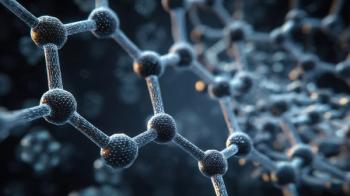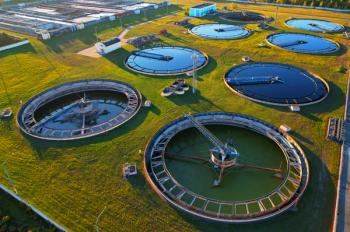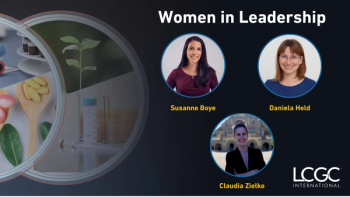
Best of the Week: ASMS Award Winner Interviews, Sound’s Effects on Beer, Detecting Cattle Fever Ticks
Here is some of the most popular content posted on LCGC International this week.
This week, LCGC International published a variety of articles on trending topics in separation science, including interviews with this year’s ASMS award winners and studies on detecting ticks with cattle fever. Below, we’ve highlighted some of the most popular articles that were published this week.
We’d love to hear from you! Is there a topic you’d like to see covered in LCGC? Share your ideas with us—we value your feedback and are committed to exploring the subjects that matter most to our readers. Email
Aaron Acevedo
Every year at the American Society for Mass Spectrometry (ASMS) conference, awards are presented to honor veteran and newcomer researchers making notable contributions in the field of mass spectrometry (MS). One example of these awards is the Diversity, Equity, Inclusion, and Accessibility (DEIA) Mentorship Awards. These awards recognize ASMS members who demonstrate exceptional service in the STEM mentoring or recruitment of individuals from groups underrepresented in MS. One of this year’s recipients is Jennifer Geddes-McAlister of the University of Guelph. In the last moments of our interview with her, Geddes-McAlister shares the most important advice she would like future generations of mass spectrometrists to know.
Kate Jones
In this roundtable discussion focused on the experiences, challenges, and contributions of Women in Chromatography, LCGC International spoke to Ilaria Belluomo, Giorgia Purcaro, and Katelynn Perrault Uptmor. This dialogue delves into some of the key barriers that still need to be addressed for women to thrive in science, explores strategies for enhancing gender inclusivity, and hears invaluable career insights from our panelists, including the best advice they’ve received throughout their journeys. In the first part of this roundtable discussion focused on the experiences, challenges, and contributions of Women in Chromatography, our panelists discuss their routes into separation science.
John Chasse
A joint study by the University of Otago (Dunedin, New Zealand) and the University of Auckland (Auckland, New Zealand) investigated the effect that the particle motion component of audible sound had on beer fermentations using linear actuators (LAT) that predominantly delivered the particle motion component of sound rather than the pressure component. Headspace solid-phase microextraction (HS-SPME) coupled with gas chromatography-mass spectrometry (GC-MS) was used to measure the abundance of volatile organic compounds (VOCs) in the beer samples.
Aaron Acevedo
In the United States, the cattle industry contributes approximately $165 billion in value to the domestic economy, including over 2.1 million jobs and $92 billion in employment income. Part of this industry involves preventing exposure to diseases, such as cattle fever. Known historically as red fever and scientifically as bovine babesiosis, this tick-borne parasitic disease can result in significant morbidity and mortality in cattle. There are various means of controlling cattle fever ticks (CFTs), such as using acaricides (pesticides used to kill mites and ticks). Liquid scintillation spectrometers and high-performance liquid chromatography-ultraviolet–visible (HPLC-UV–Vis) instrumentation have been used in the past to detect the benzoylphenyl urea (BPU) compound diflubenzuron (DFB) in various matrices, though these techniques lack the sensitivity and specificity of other techniques.
Researchers from the University of Texas at San Antonio and the United States Department of Agriculture (USDA) tested liquid chromatography–tandem mass spectrometry (LC–MS/MS)’s ability for analyzing diflubenzuron in whole blood samples.
John Chasse
Cruise ships discharge wastewater generated from onboard activities. Many ships have advanced wastewater treatment systems (WWTS) onboard. A joint study by Masaryk University (Brno, Czech Republic), HX (formerly Hurtigruten Expeditions, London, United Kingdom) and the Norwegian Institute for Water Research (Oslo, Norway) aimed to identify organic contaminants associated with wastewater discharge from cruise ships as a first step to better evaluate the impact of contaminant emissions on sensitive marine environments. Liquid chromatography-high-resolution mass spectrometry (LC-HRMS) was used for qualitative analyses of the wastewater extracts.
Newsletter
Join the global community of analytical scientists who trust LCGC for insights on the latest techniques, trends, and expert solutions in chromatography.





